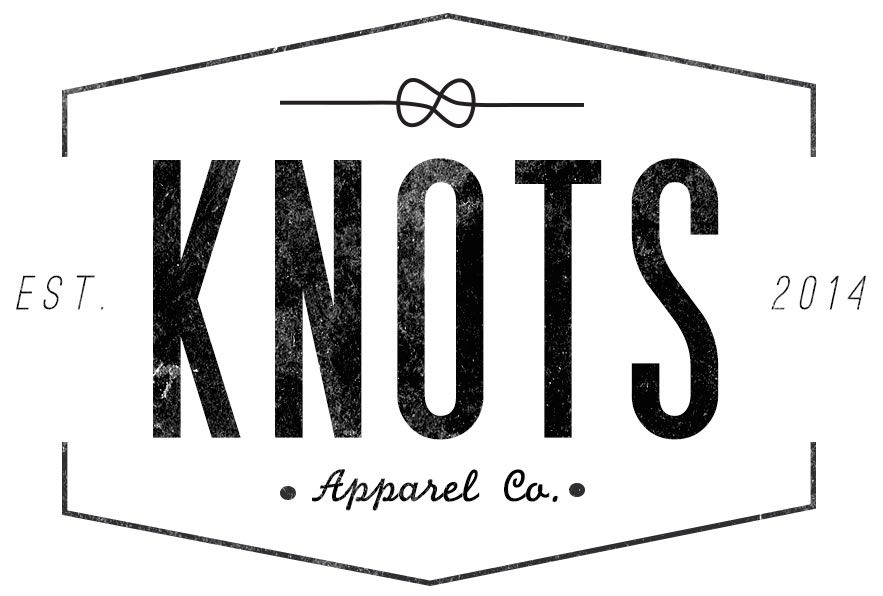Piedras Blancas
Many people have asked me why we’ve selected Water for Waslala as the first partnering charity of Knots Apparel. Despite having briefly served on its board and having planned and led several trips back to Waslala.
I was deeply affected by my first visit as a volunteer engineering student in the spring of 2006. I have vivid memories of that trip. It came at a time of my life in which I was feeling very empowered by faith and committed to service. The following is just one story that I hope will communicate what life is like for the people of rural Nicaragua. I also believe it highlights Water for Waslala, the role they play in solving the Nicaraguan water crisis and why I am proud to support them through Knots.
I’ll never forget the worn and weary face of that elderly rancher. His golden skin glistened as light reflected from the beads of sweat that continually dripped from his hair. He wasn’t paying much attention to the town officials who were fervently speaking at the front of the old stone church. The leaders of Piedras Blancas Dos (not to be confused with Piedras Blancas Uno) had assembled a town meeting to introduce me and my team. Their rapid Spanish dialect was incomprehensible to me but I knew they were briefing their citizens on the potable water transport system we would be designing. Most of the audience was attentive and interested in learning about our intended design. Specifically, they were excited about the improved access to clean water and reduction of water born illnesses it would bring once implemented.
However, it was apparent that the presentation was not resonating with this particular gentleman at the back of the church. Instead, his eyes were locked on me and my friends, and he continually licked his lips. “What is he looking at?” we whispered amongst ourselves. I traced his gaze to the multi-colored Nalgene’s hanging off caribiners from our dusty hiking packs. Condensation coated the scuffed up plastic bottles, each filled with stream water that had been tinted yellow from iodine tabs, necessary to kill off dangerous bacteria. Finally, I understood. “He wants the water” I informed my friends.
Piedras Blancas Dos is not exactly what I would call accessible. Water for Waslala operates out of a church’s property on the outskirts of the small town known as Matagalpa. This base is an eight hour truck ride from Managua, Nicaragua’s capital city. After flying into Managua, you are subjected to the unpaved roads of the mountainous Nicaraguan countryside. Most of trip is spent laying down in the bed of the truck but groups of volunteers take turns rotating in and out of its cab. Upon arriving, my team was commissioned to assess and survey the future water system for Piedras Blancas Dos. This required us to travel even further into the jungle on an overnight expedition. The trip to Piedras Blancas Dos consisted of another two hour drive in a pickup truck, followed by four hours on horseback and a two hour hike. It’s intense! Don’t ask me if I had ever rode a horse before, the answer is no. Finally, we emerged into a large circular clearing in which three humble buildings stood. An old church was in the center, surrounded by a dilapidated wooden shack and a small kitchen and dining area. These three buildings serve as the town center of Piedras Blancas Dos. All of the villagers live within a five mile radius of the clearing in small huts built on their mountainside farms.
Traveling to the more remote towns of Waslala is strenuous and requires the ability to conserve both energy and clean water. Once you arrive at the town, the survey work itself is mostly miles of hiking up mountains to access the clean sources of water. Volunteers for Water for Waslala survey the sources and land for the detailed system design and construction planning, most of which takes place within the classrooms of Villanova University. When you’re on site, you’re going to inevitably run out of the two liters of clean water you start out with, at which point you need to subject yourself to stream water purified with iodine. Trust me, it tastes about as good as it sounds. Yet, when you’re thirsty you take what you can get. It is a sobering and miserable experience for someone who has benefitted from effortless access to clean water their entire life. I really think this experience is invaluable for anybody trying to chip away at the water crisis in rural regions like Waslala. It enables you to empathize with those your serving and forces you to appreciate things that are otherwise taken for granted.
As I sat in that old church, exhausted and unprepared for the long trip back to camp, I became aware of how absurd this moment was. We were there to bring clean water to these people. This old rancher obviously yearned for our iodine flavored water as if it were something truly enviable. Of course, for him it was. Was I really going to deprive this man of our water? After a few minutes of arguing with myself and my friends, I reluctantly got up and handed him one of my Nalgene’s. “I’m not bailing you out of this…” one of my friends adamantly stated. He was aware that we had the hike, the horses and the truck all ahead of us and that I was going to eventually be very thirsty. “Whatever, I’ll figure it out” I remember thinking. We had traveled a very long way to bring these people clean drinking water and in that moment, I was able to accomplish that goal for one individual in the short term.

